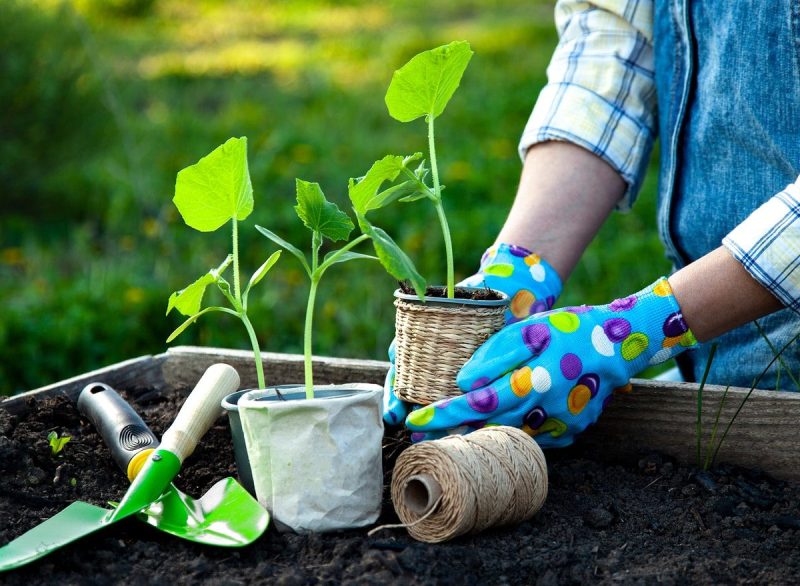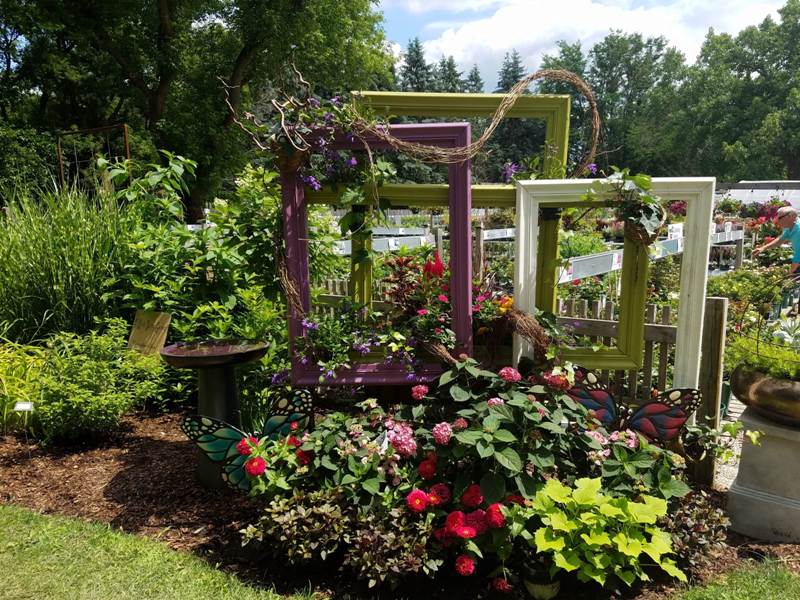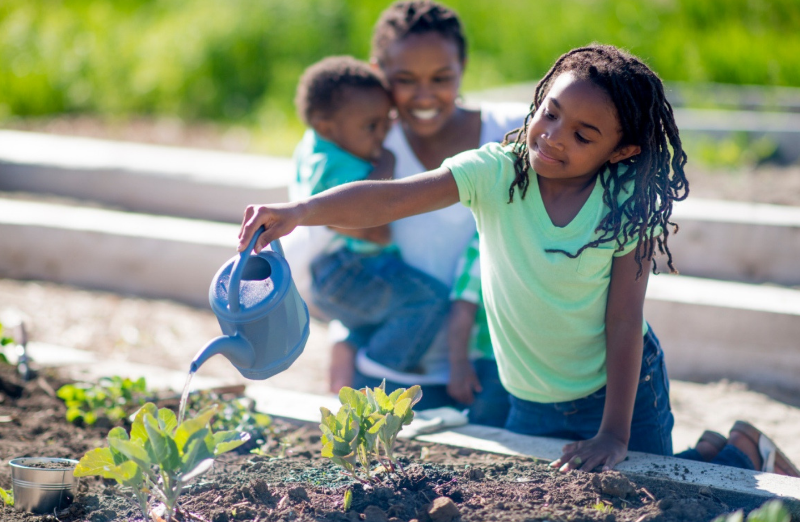Gardening isn’t an exact science. If you’re a novice gardener, you shouldn’t feel intimidated since experienced gardeners can also make mistakes.
Here are some useful gardening tips to consider when you are thinking of your next landscaping project:
1. Determine the right plants for your soil
It’s prudent that you identify your soil type before you can buy any plants. Is it heavy and clay, or light and sandy? Different plants thrive in various types of conditions. For those who are still uncertain, take a close look at the plants growing in the garden of your neighbour. This should help in determining the suitable plants you should grow.
2. Treat new plants with care

If you pull the stems of new plants to remove them from their pots, you will probably bruise or break them. You should carefully press the pot sides and then turn it upside-down while using the other hand to hold the plant. Alternatively, you can position the pot on a hard surface and squeeze the sides while you rotate it. Yet again, the plant will slide out once you upturn the pot.
3. Create enough space for plants
You shouldn’t be carried away by the garden centre’s displays and buy a lot of plants for the size of your particular bed. In case your young plants are not properly spaced, not all of them will survive, and if they do, they’ll require more regular watering and fertiliser.
Furthermore, crowded plants are more prone when it comes to disease. By making use of plant labels, you can know how much room you need for your plants.
4. Have a clear plan of your design

Before doing any digging, take enough consideration of your garden’s big picture. For starters, position all of your young plants and bulbs on the soil surface and then move them around to find a better and satisfying arrangement. Next, you can plant them.
5. Soak the roots
Dry root balls are the last thing you’d want. For this reason, before you put your new plant in the soil, you should adequately soak the roots. Also, before you actually put it in the hole, ensure that the hole is larger compared to the root ball. In general, a plant’s roots require to be in a position they can spread out to have the best chance of absorbing the soil’s nutrients and tapping moisture.
6. Don’t forget to label
If you’re a beginner in gardening, you could easily forget where and what you’ve planted. Take your time to put up a plant label (a majority of plants you purchase from a garden centre come with a label) and then pop it in the ground close to the plants, bulbs, or seeds you’ve planted.
7. Water carefully

Plants are made to live outside and to absorb moisture from the ground without needing regular artificial irrigation. As a general rule, poke your fingers approximately two inches into that soil next to the plant. In case it’s very dry, you can add some water. Container plants are an exemption for this since they’ll need frequent watering.
Don’t forget to make it fun! Allow yourself to explore and experiment on new things. So, in case you notice you’ve planted something wrongly, you can move it.